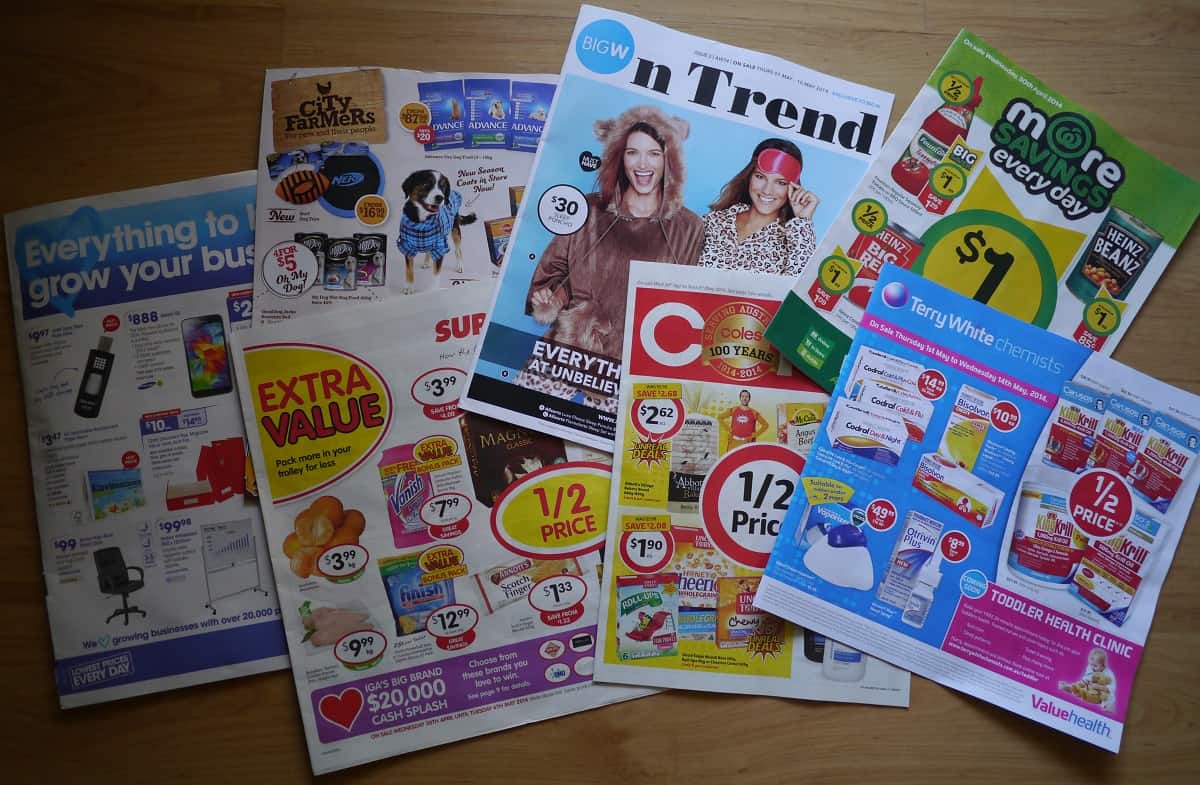I’d like you to get to know me a little better…
When I started writing this blog, I didn’t want anyone to know it was written by me. I wanted to be anonymous. True story!
Why? Looking back now, I’m not quite sure either. But I was completely new to this online world of blogging. so I guess I wanted to dip my toes gingerly into the world; I didn’t want to get soaked and look stupid. I had no idea if anyone would want to read what I had to say, or even if I’d run out of things to say in two weeks. There was no plan. So nerves, combined with my English trait of shyness, and a hint of just plain daftness, led me to start my blog with no real mention of who I was – or what the blog was all about!
I’d like to say I realised early on that this wasn’t going to work, but I’m a slow learner it seems! It took an entire year for me to put a photo of myself on my site, to finally take ownership and say “hey, yes, this is me!” It is so much easier to connect with somebody when you know their name and what they look like, and whilst I realise that, because the people I connected with had names and faces, maybe I didn’t appreciate that it wasn’t reciprocal.
Adding my picture was the first step, but in the meantime, my hastily scribbled, vague paragraph that featured under the “About Me” tab remained. Did you know that the “About Me” is typically the second most viewed page on a website after the homepage? It’s really helpful then, if it has some clear information about the person, the organization, or the website. That’s the point, right?
However, if you read one of my posts, and wanted to know more, you could click on my “About Me” tab, and learn absolutely nothing about me or the blog.
Well not any more! I have finally updated my About Me page to reflect who I am and what this blog is all about. I’d love it if you could have a look and be sure to tell me what you think in the comments. It may not be perfect, but it’s a whole lot better than the old page!

It’s a hard thing, trying to get your personality on a page! So whilst I’m here, let’s share a virtual cup of tea together : ) In the spirit of you getting to know me a little better, here’s 15 other random facts about me that didn’t make the About Me page, but have helped make me who I am.
Here goes:
#1 I’m not scared of spiders or snakes. But I AM scared of frogs!
#2 I love board games (my absolute favourite is Agricola). I could play them for days at a time. The enthusiasm isn’t shared entirely by my boyfriend, but slowly I’m wearing him down!
#3 When I moved out of home at 18 to go to university, I couldn’t cook at all. In fact, I had to get instructions from my mother on how to cook pasta. How things change!
#4 When I was 22, on a trip to Thailand, I bartered with a Hilltribe woman over the price of a cushion cover. I argued and argued until she agreed to my price. Afterwards, I realised I’d been arguing over 10p (7 cents) and I felt so ashamed. That was my fair trade awakening. I can still remember that lady’s face today.
#5 I love seeing things grow. Every time I see a seed germinate I am reminded of the wonder of nature, and I think trees are amazing.

#6 As a kid I loved climbing trees, and I once climbed a tree wearing rollerblades. I then jumped out of the tree still wearing the rollerblades. Luckily I didn’t break my neck!
#7 I have a current obsession with sneaking vegetables into my baking. This chocolate mousse is the best, and I can’t wait to share my latest chocolate brownie recipe with you!

#8 I love foreign language movies, and my favourite director is Pedro Almodovar.
#9 I once read that it takes 3 times the energy to make a paper bag compared to a plastic bag, so I always ensure I use any paper bags I’m given at least 3 times. Even if I have to turn them inside out!

#10The last time I went back to the UK, I took my used Brita water cartridges with me for recycling (it’s not possible to recycle them in Australia). That’s dedication!
#11 I don’t have a favourite food: it’s all too delicious! But I don’t like celery, celeriac or barley. They are pretty much the only plant foods I don’t eat.
#12 I have naturally curly hair, which people find really intriguing. Sometimes when I’m out, people I don’t know grab my hair and pull it to see how far it unravels.
#13 I think Australian cockroaches are kinda cute.
#14 Despite being from England, I find the Australian winters freezing, and even in summer you’ll probably find me wearing a jumper. I think my core must be frozen.
#15 I can’t stand food waste, and if I’m in a restaurant with people who are too full to continue, I invariably finish off their food. About half the time it’s the food of people I’m with.*
(*Just kidding! For now at least, I stick to the plates of the people I know! Just wanted to see if you managed to make it to the end without snoozing!)
If you have the chance to pop over to my new About Me page, I’d love to hear what you think! Is there anything missing? Anything I should add? Did you ever read the old one? Please tell me your thought in the comments below!
[leadpages_leadbox leadbox_id=1429a0746639c5] [/leadpages_leadbox]





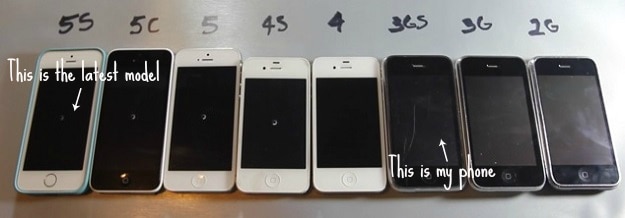







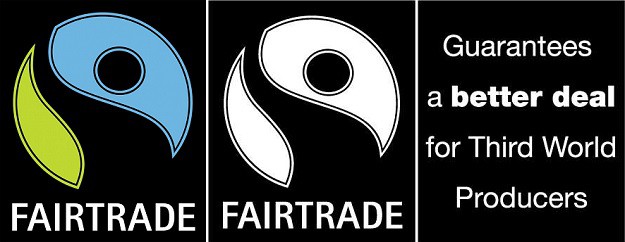

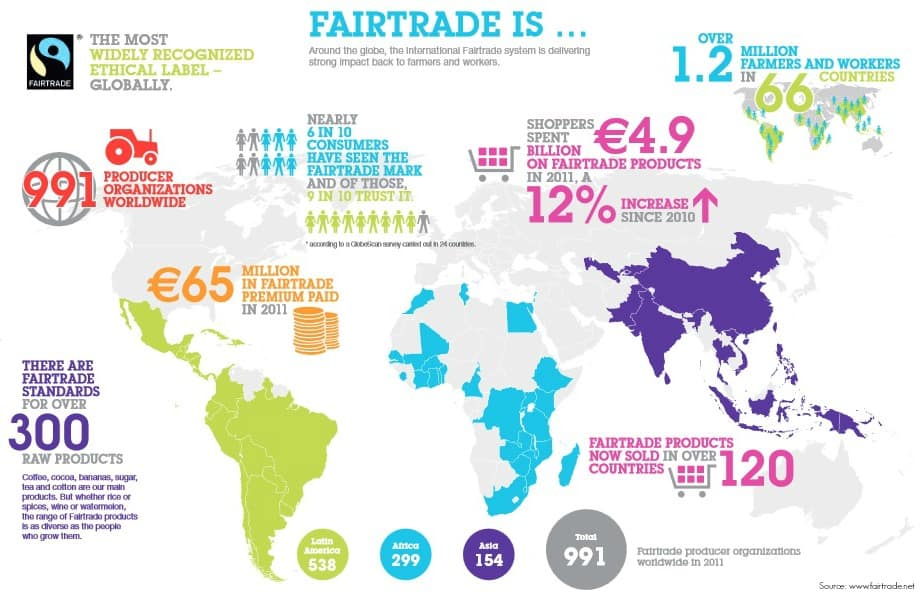





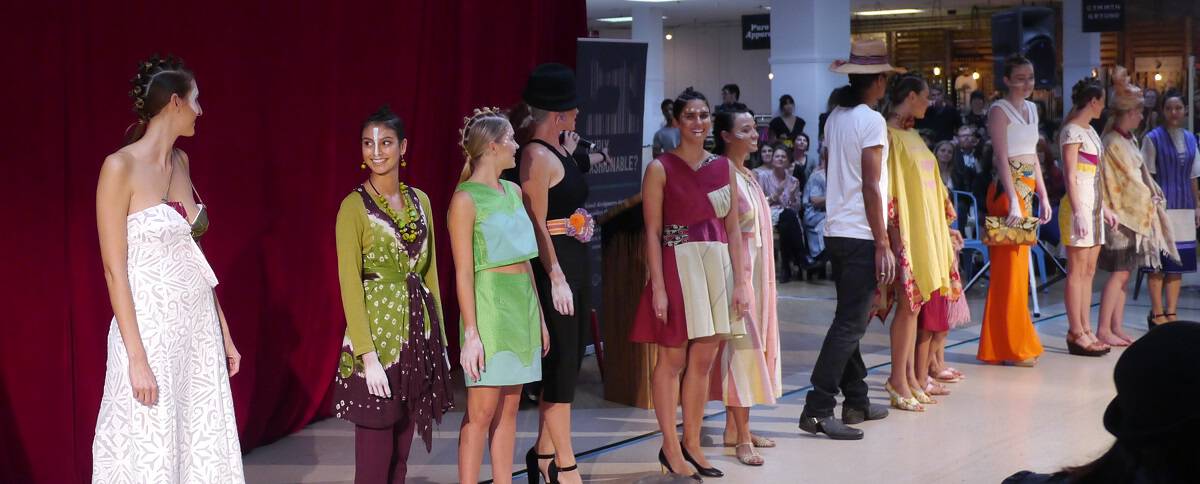




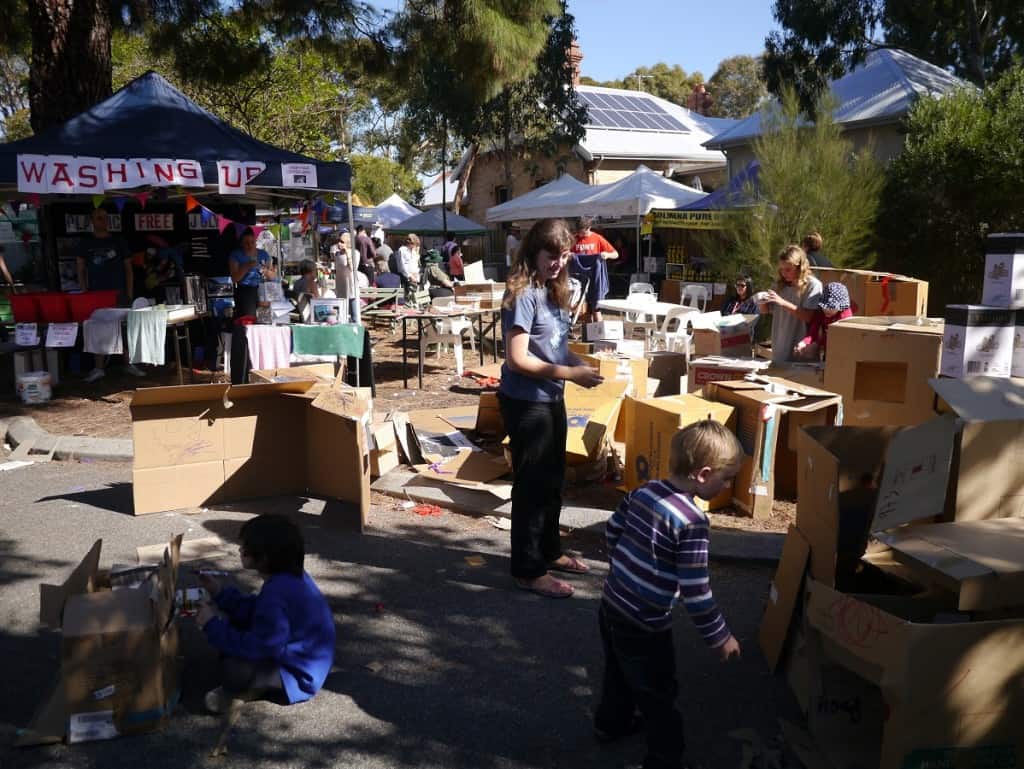

 The cake is a chocolate pear rosemary cake that’s gluten- and dairy-free. You can find the recipe
The cake is a chocolate pear rosemary cake that’s gluten- and dairy-free. You can find the recipe 
